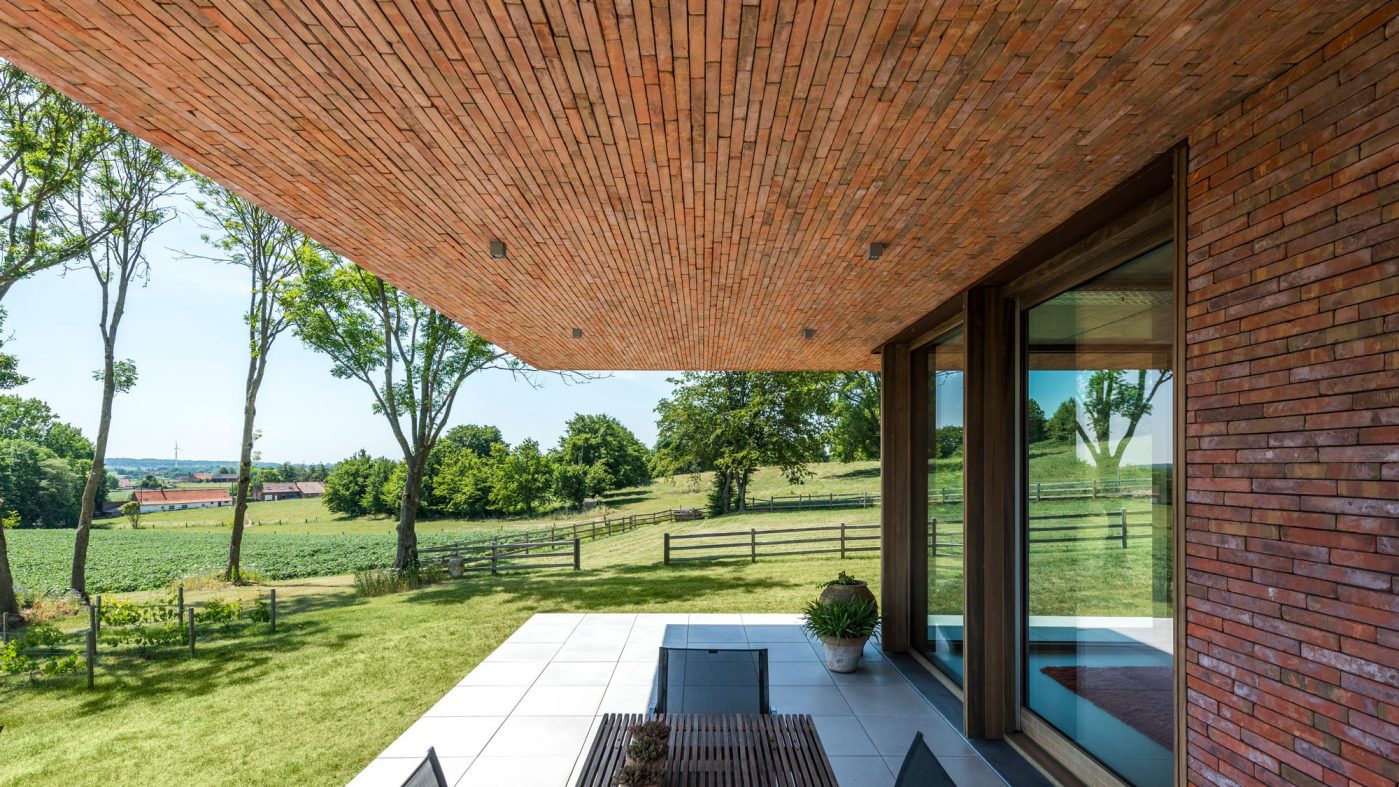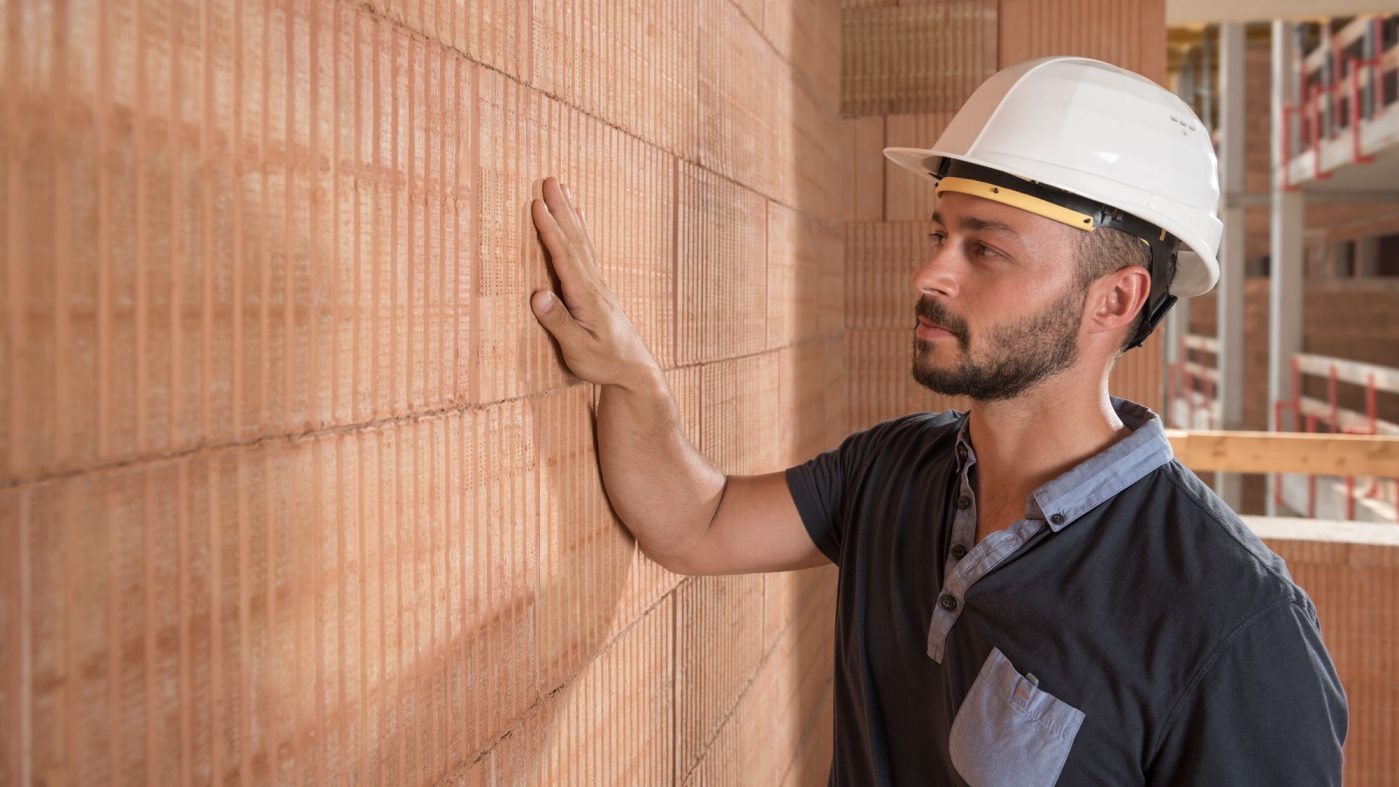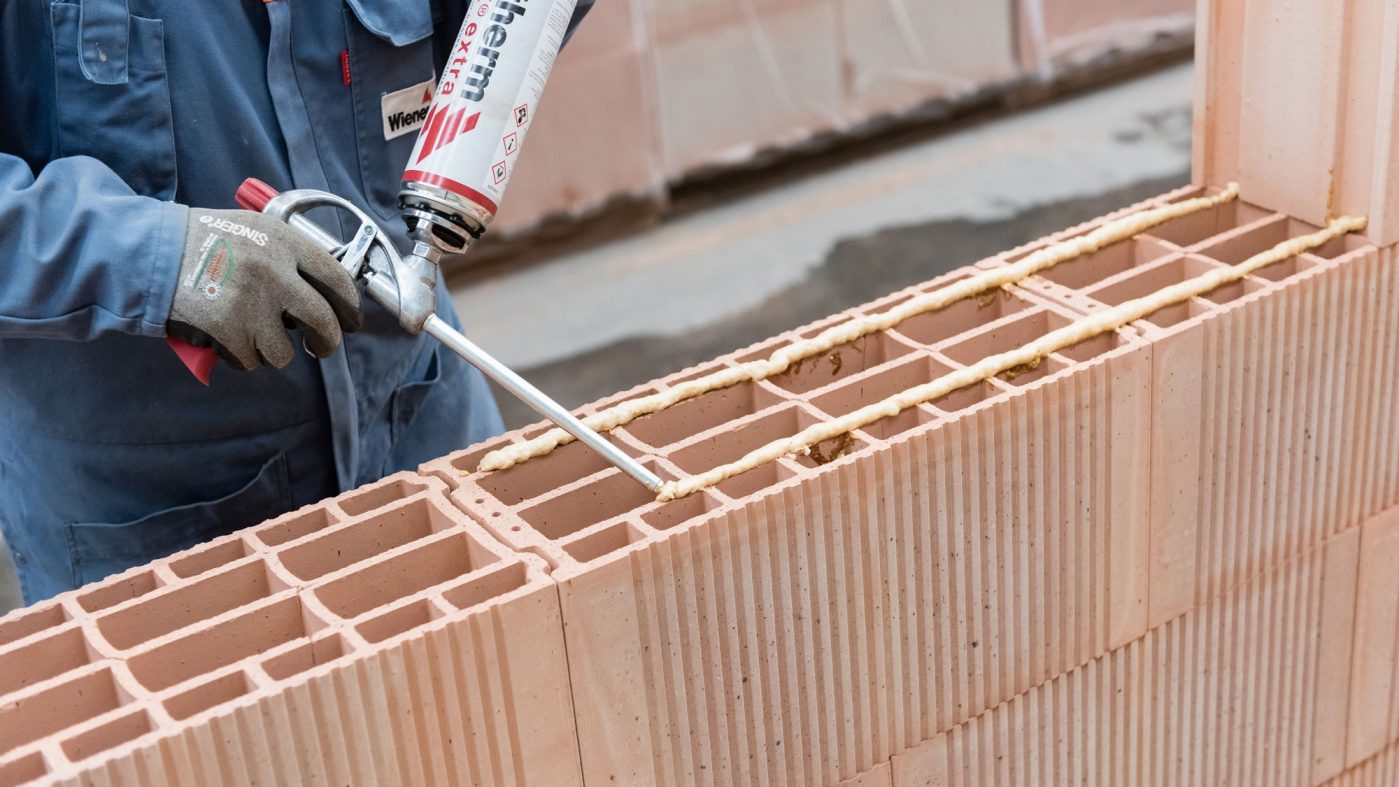 © Luc Roymans
© Luc Roymans
Slim bricks for greater climate protection
How can modern buildings be created using sustainable building solutions? And how do innovative bricks protect the climate? Two examples from wienerberger provide the answer.
 © Luc Roymans
© Luc Roymans
How can modern buildings be created using sustainable building solutions? And how do innovative bricks protect the climate? Two examples from wienerberger provide the answer.
Collectively, buildings are responsible for one third of global energy consumption and nearly 40 percent of global carbon emissions. Fortunately, innovative building solutions have huge potential to improve efficiency. And wienerberger is once more breaking new ground to enhance the quality of life of the present and future generations. With natural clay building materials like the Eco-brick® and the NATURbric®, the company is redefining sustainable construction and climate protection.

wienerberger’s goal is to offer an even more responsible product range and use resources as efficiently as possible. A good example is the Terca Eco-brick® that was developed in Belgium. According to Hans Cools, Product Manager at wienerberger Belgium, “This facing brick is part of a major shift toward even greater sustainability in the construction industry, a trend that is set to continue in coming decades.”
The Eco-brick® offers the same benefits in terms of quality as a conventional facing brick. It is durable, recyclable and requires little maintenance. Moreover, with a thickness of just 6.5 centimeters, the facing brick is a third narrower and lighter. This subtle difference means that less clay is extracted, processed and transported to make it, cutting the carbon footprint per square meter of facade by up to one third.
In addition, the Eco-brick® also reduces wall thickness, allowing extra space for additional insulation material or more living space. “From dematerialization to decarbonization and the circular economy: the sustainable use of raw materials and energy is a key objective in all wienerberger products,” says Hans Cools.
”The Eco-brick® is part of a major shift toward even greater sustainability in the construction industry, a trend that is set to continue in coming decades.”
From new builds to renovation projects – the Eco-brick® can be used for both small and large-scale projects. The extensive product range means a wide variety of projects can be successfully implemented. In addition, the light weight of the robust facing brick makes it easy to handle and pallet.
“Everyone has their own reason for choosing the Eco-brick®. But the market also has a lot to do with it. The key criterion for Belgian customers is often the brick’s stylish appearance. In the other countries, environmental awareness already plays an important role today,” says Hans Cools. Although the majority of the durable Eco-bricks® are currently manufactured and sold in Belgium, demand is also growing significantly in other regions. wienerberger Germany, France and United Kingdom for example also launched their own Eco-brick® concept and collections onto the market.
 © Wienerberger AG
© Wienerberger AG
Climate-friendly, innovative, versatile: The advantages of the slim Terca Eco-brick® at a glance.
Another example of how wienerberger promotes climate protection during every phase of production is the Porotherm NATURbric® developed in Durtal in France. Here too, wienerberger relies on slenderness, low weight and the advantages these characteristics provide, such as easy handling, fast laying and lower carbon emissions. “The bricks also reduce transport requirements. Whereas wienerberger can move all the NATURbric® bricks needed to build a house with just one truck, other companies need a second vehicle,” says Gérald Merlin, Marketing and Development Manager for Building Bricks at wienerberger France.
Looking ahead to the future, clay blocks are ready for the new French environmental regulation RE2020. They offer the best thermal performance of any 20 Centimeter block solutions on the market and satisfy also the desire to reduce greenhouse gas emissions. Moreover the eco conceived NATURbric® is just as affordable as non-insulated concrete masonry.

The brick made of natural clay is reusable – just like the wood pallets and packaging film made of 80 percent recycled material – and when it reaches the end of its 100-year service life it can be totally recycled. The use of biomass from the paper and agricultural sectors in the production process cuts the amount of energy required by up to 15 percent. In addition, all electricity is generated exclusively from renewable sources.
To protect the climate, wienerberger obtains the materials for its NATURbric® from the region and restricts the delivery radius to approximately 150 kilometers around the pilot factory. “The NATURbric® helps us better understand how we can make future product innovations even more sustainable. Principles like dematerialization, the circular economy and restricted delivery radiuses can also be applied very effectively to other markets,” says Gérald Merlin. Plans are afoot to expand production to other French plants in future.
“The NATURbric® helps us better understand how we can make future product innovations even more sustainable. Principles like dematerialization, the circular economy and restricted delivery radiuses can also be applied very effectively to other markets.”

Conclusion: Sustainable construction materials like bricks are indispensable for the housing of tomorrow. As the industry pacemaker wienerberger is leading the way with new products like the Eco-brick® and the NATURbric® – for climate protection and a future worth living in.